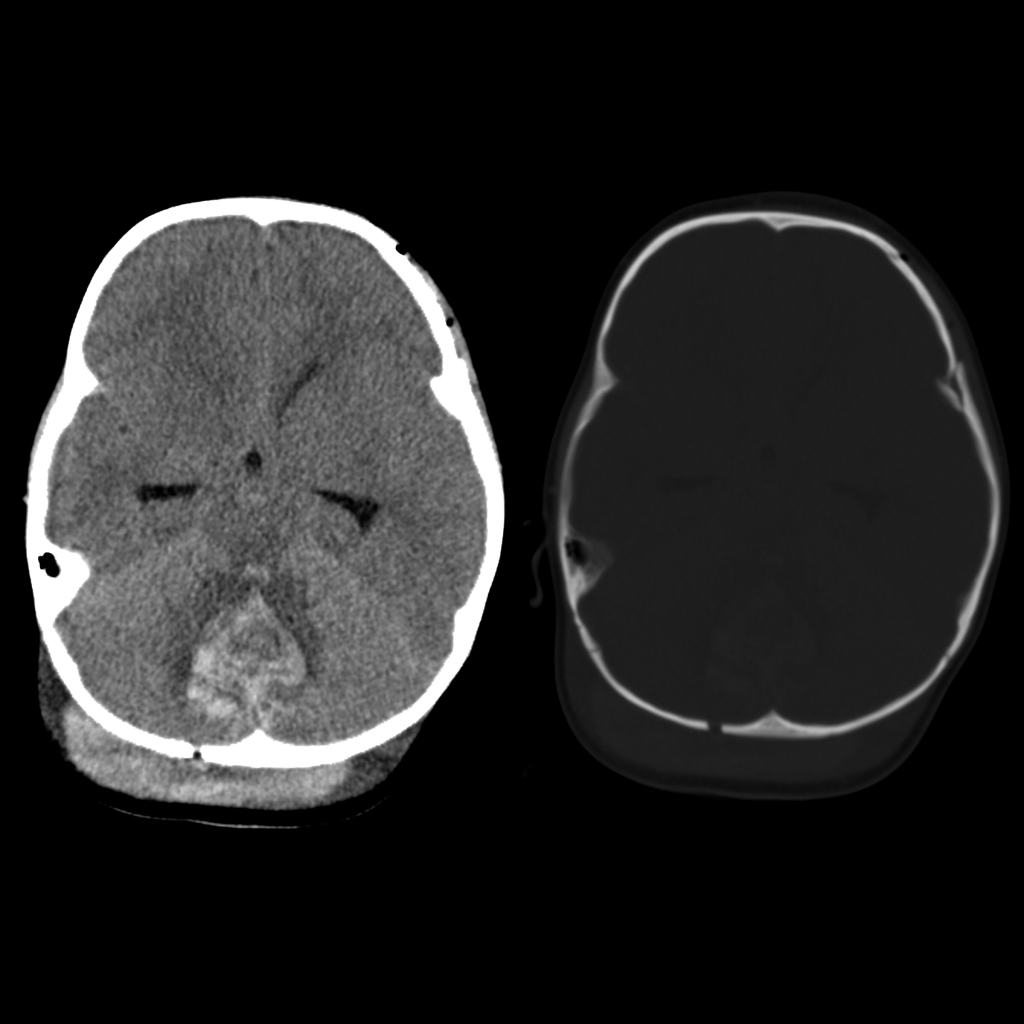- Etiology: In term infants, 2 types of global hypoxia
— Partial hypoxia – from decreased cerebral blood flow – affects watershed regions such as periventricular white matter of premature infant (periventricular leukomalacia) or gray matter white matter junction of full term infant, seen best in parasagittal images
— Profound hypoxia – from cardiac arrest or abruptio placenta – affects regions of highest oxygen demand: basal ganglia, ventral lateral thalami, brainstem, hippocampi, corticospinal tracts, sensorimotor cortex - US: Early see diffusely increased parenchymal echogenicity, later see increased echogenicity in basal ganglia
- CT: Diffuse brain edema with pseudo subarachnoid hemorrhage, white cerebellar sign
- MRI: Diffuse weighted imaging best performed around 4 days old, in partial hypoxia see peripheral pattern of changes of diffusion restriction at the watershed regions, in profound hypoxia see central pattern of changes of diffusion restriction in the basal ganglia
- MRI: Appearance depends on severity and duration of the event
— Moderate and Brief: watershed infarctions
— Profound and Brief: basal ganglia, thalamus, perirolandic cortex
— Moderate and Prolonged: diffuse cortex (sparing perirolandic and basal ganglia)
— Profound and Prolonged: cerebral devastation - MRI:
— In normal infant on T1WI, posterior limb of internal capsule should be bright stripe
— In profound hypotension on T1WI, loss of signal in posterior limb of internal capsule and increased signal in posterior putamen and ventrolateral thalami indicates bad prognosis - DDX:
- Complications:
- Treatment: Therapeutic hypothermia for 72 hours with slow and controlled rewarming
- Clinical: Symptoms are non-specific
- Hypoxic ischemic encephalopathy in pre term
— Mild to moderate hypotension – injury to periventricular and deep white matter
— Profound hypotension: injury to brainstem and thalamus - Hypoxic ischemic encephalopathy in full term
— Mild to moderate hypotension – injury to watershed portions of cerebral cortex and subcortical and periventricular white matter
— Profound hypotension – injury to brainstem, basal ganglia, thalamus, perirolandic region
Radiology Cases of Hypoxic Ischemic Encephalopathy
Radiology Cases of Neonatal Hypoxic Ischemic Encephalopathy
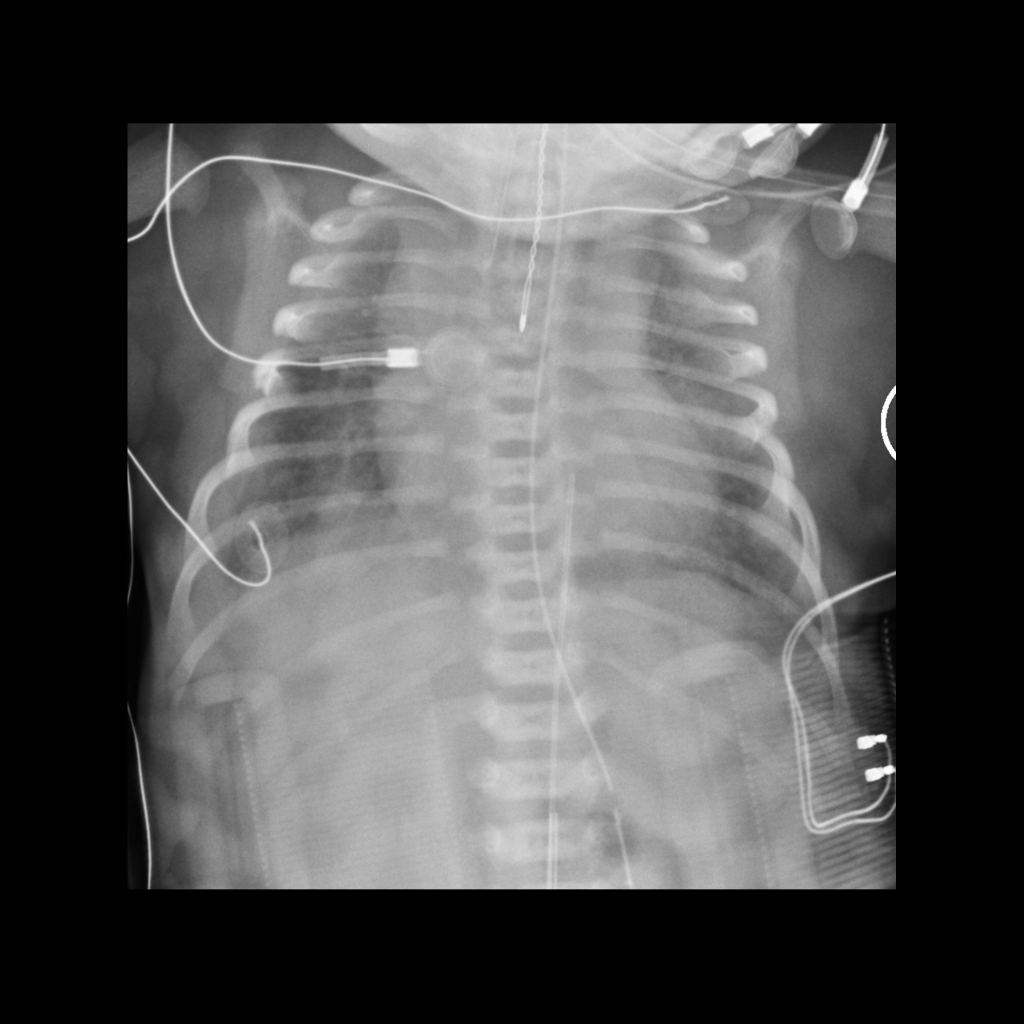
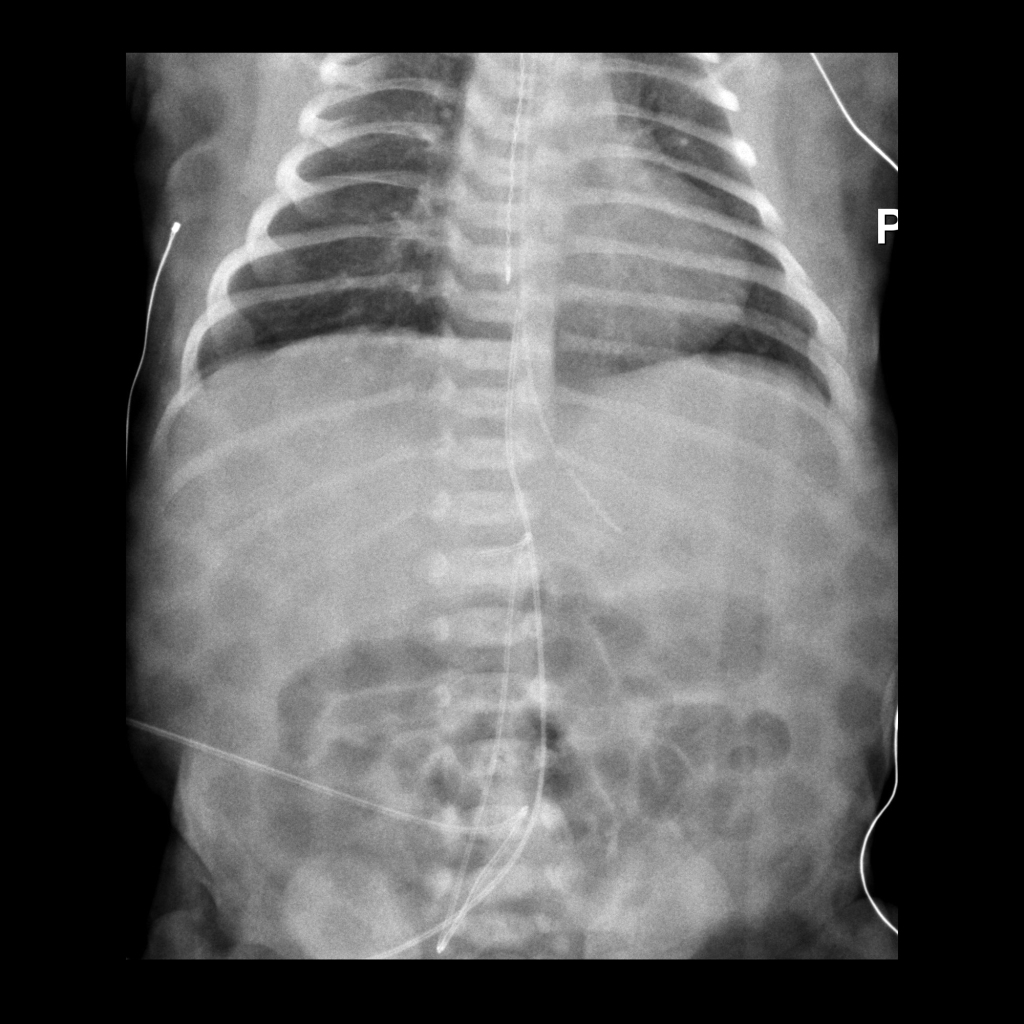
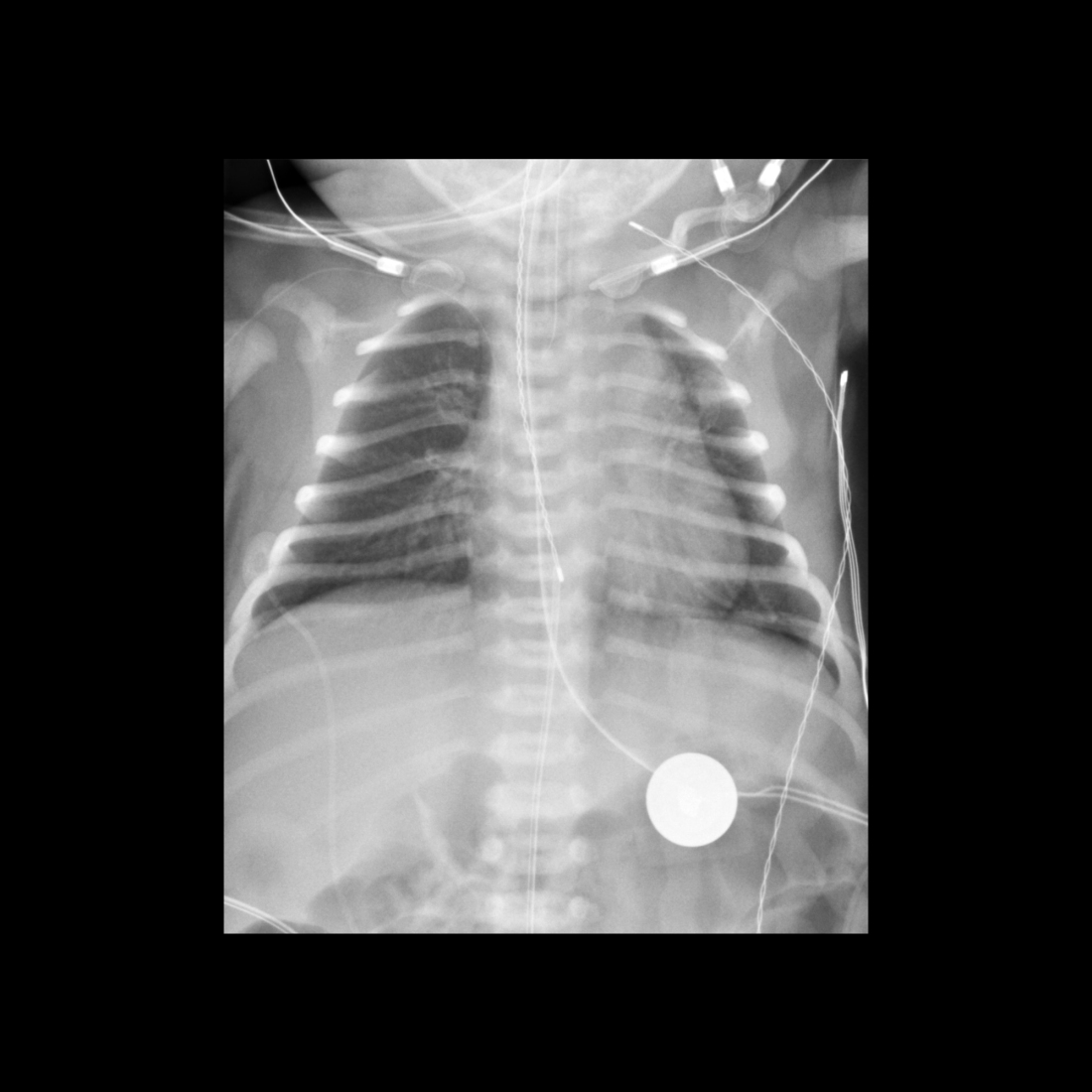
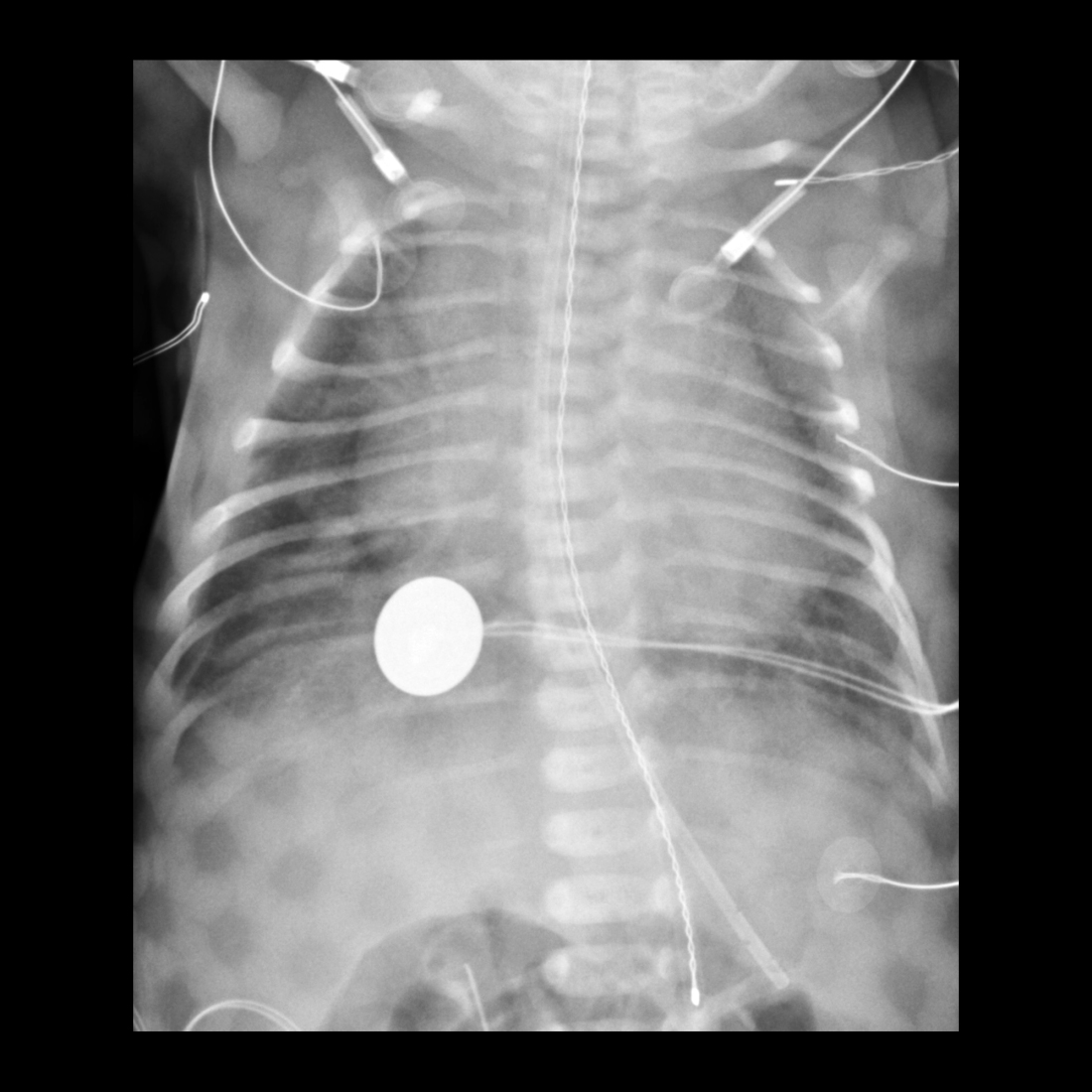

Radiology Cases of Non-Neonatal Hypoxic Ischemic Encephalopathy



